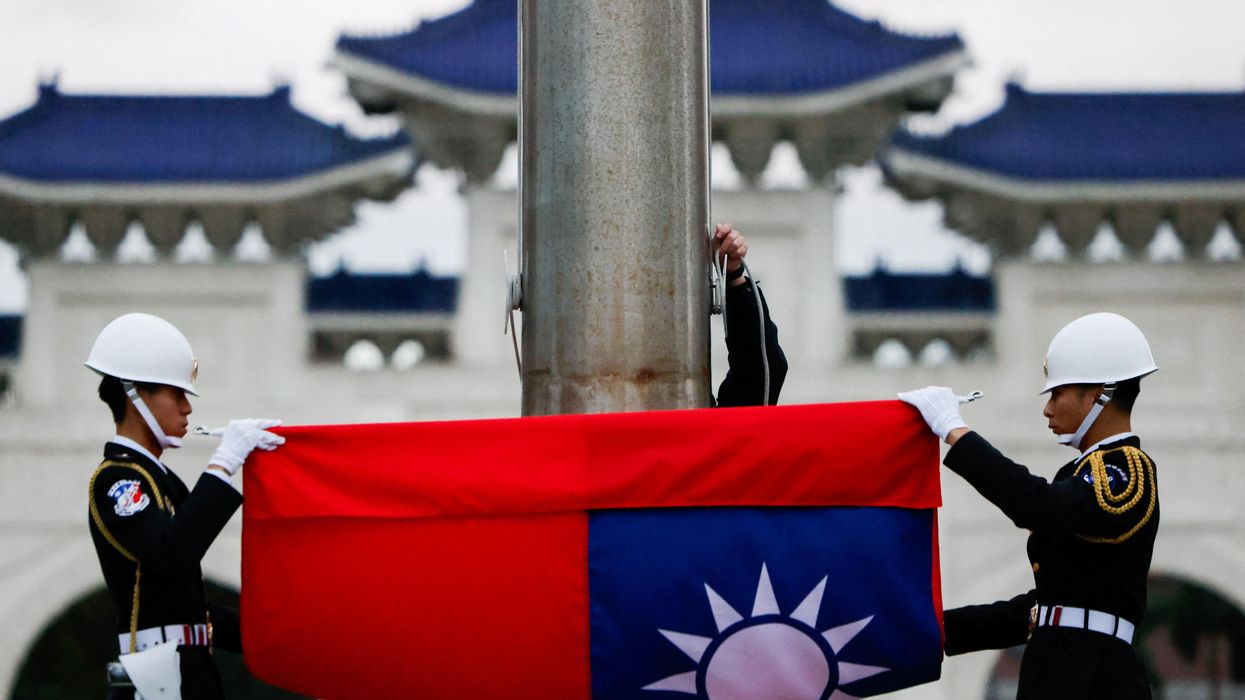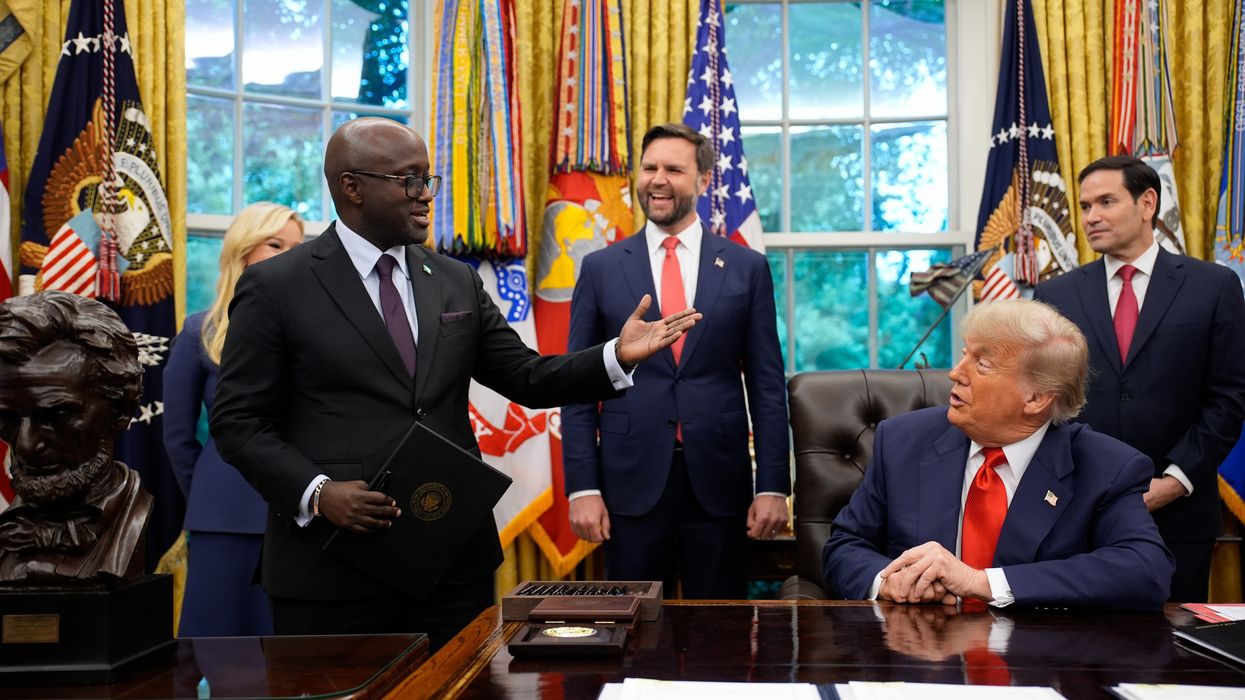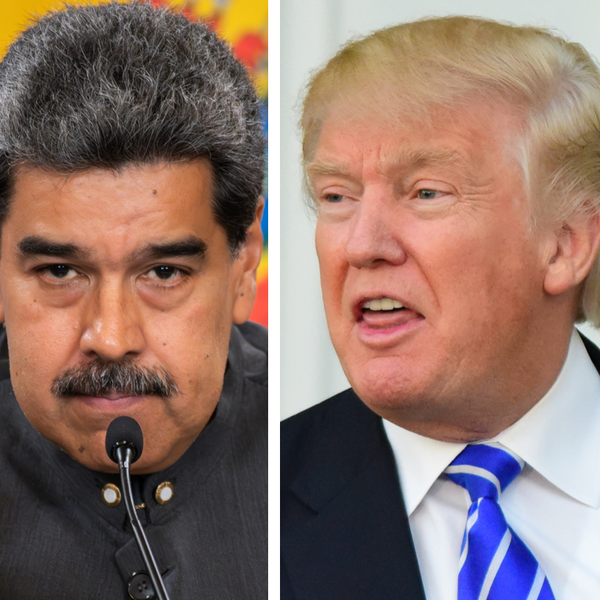No policy prescription has ever gained as much traction as quickly as “defund the police” did over the past few weeks. To defund police is a way to shrink the scale and scope of their responsibilities, with the goal of dramatically decreasing everyday police encounters, particularly with the economically and racially marginalized.
During the current uprisings, the police response has often included officers wearing military-style gear, as well as the occasional appearance of urban warfare tactics, confirming fears that the overseas wars of the past two decades would boomerang to the homefront.
Widespread deployment of the chemical CS by police, while it is mostly banned from use by the U.S. military, has led protesters to wonder whether police are attempting to de-escalate confrontations and disperse crowds or attack, using the painful chemical as an offensive weapon as if against an enemy.
These actions raise the question of what a more just, less cruel United States would look like. Given the increasingly apparent entanglements between overseas war and domestic policing, the common demand to defund police provides a blueprint for a new covenant at home and abroad. Defunding police could be the foundation for a new foreign policy.
First, defunding police must also be accompanied by new investments in state agencies and new funding for local initiatives operating at the grassroots. What is needed is new money for jobs, housing, healthcare, public transport, and other aspects of a “green new deal for decarceration.” Unfortunately, redirecting police budgets alone, bloated as they may be in some jurisdictions, will not provide enough money to transform the United States into the “abolition democracy” that many protesters in the streets wish to see.
The U.S. spends twice as much on law enforcement as on social welfare. One widely accepted estimate of total spending on policing in the United States at the state, county, and local level — federal spending is separate — is $115 billion annually. That is a significant sum, about $35 billion greater than the estimated cost of making public colleges tuition-free. And in some cities, like Tucson, Arizona, and Wilmington, Delaware, policing eats up more than 15 percent of budgets. But to decrease this national total, or to decrease the percentage in particular cities, will not necessarily guarantee that enough money is available for alternatives to policing and the bolstering of social services.
If cutting police budgets won’t suffice, then we should look to another government agency that commands huge expenditures and deals in violence: the Department of Defense.
Radically rethinking the massive military budget of the United States is not only necessary to free up resources that can be used otherwise. In addition, a laser-like focus on limiting the aggressiveness of U.S. foreign policy represented by the bloated military will help limit the aggressiveness of U.S. domestic public policy represented by the bloated police. Both operate effectively at dispensing lethality against purported “enemies.” Their massive resources and capacities create supply side pressures to find, if not create, those enemies.
Rep. Barbara Lee (D-Calif.) has long favored restraining U.S. foreign policy. She cast the lone vote against the vague authorization to use military force in the immediate aftermath of September 11, 2001, which still shapes U.S. actions abroad. During the current uprisings, Rep. Lee offered a new resolution calling for a cut of as much as $350 billion from the Pentagon’s budget, which now hovers around $750 billion. Beyond defense spending authorizations, other spending under different authorizations already pushes the total spending on national security over the $1 trillion mark. For his part, Sen. Bernie Sanders (I-Vt.) is proposing legislation to trim 10 percent from the Pentagon budget.
“Whereas while Pentagon spending continues to rise, spending on diplomacy has stalled or been reduced, resulting in an over-reliance on military action and insufficient use of diplomatic and other nonmilitary tools,” Lee’s resolution says.
The analogy with law enforcement is clear. The overfunding of policing comes at the expense of non-police solutions to social problems and crisis situations. And just as diplomacy has been warped by militarization — the State Department has its own air wing of over 200 aircraft, including military-style Black Hawk helicopters, mostly used in counternarcotics missions — in recent decades social services for poor people have become more punitive, assuming criminality, addiction, or fraud among recipients. Social workers are often forced to act like police officers.
As Rep. Lee’s resolution indicates, “any spending cuts to the Pentagon could be reinvested in other important domestic priorities to help reduce poverty and increase economic opportunity in communities across the country.” Calls to defund the police that now ring out in the streets combine the ambition of abolition with the precision of a policy proposal. But the devil will be in the details.
As Michael Brenes of Yale University and Tim Keogh at Queensborough Community College of the City University of New York have recently pointed out, the Cold War’s end did not result in the “peace dividend” that many activists desired. Instead, in 1990, Congress passed the Budget Enforcement Act, which precluded the possibility of savings through cuts to the defense budget from being redirected into spending on domestic services.
This way of thinking remains dominant among the senior leadership of the Democratic Party, as reflected in perennial declarations of support for reining in the deficit and “pay as you go” restrictions. Meanwhile, the Trump administration cares not a whit for controlling deficits, and the Fed has infused trillions — with a T — into the bank accounts of corporations and the uber-wealthy in the past few months. One analyst called it a “money cannon.”
There is also an inverse relationship between the targets of this money cannon — the 1 percent — and the targets of America’s ballistic cannons, whether wielded by cops or drone pilots — the 99 percent. Think of it as a consequence of Dick Cheney’s infamous “one percent doctrine.” Treating an unlikely chance of violence, even a 1 percent chance, as a certainty, as Cheney demanded, has warped U.S. foreign policy, turning the country trigger-happy and fearful abroad.
The same is true among police who engage in “warrior training” at home. If the 99 percent received the money cannon’s payload, the dream of eradicating the 1 percent threat of violence might come true.
Almost two decades of amorphous warring on terrorism, combined with five decades of amorphous warring on drugs, has left U.S. leaders largely unable to answer social problems at home or abroad without coercive violence. Police shoot around 1,000 people every year — consistently — and are responsible for 1 in 15 of all killings by gunshot. And nearly a million people each year experience “non-lethal threats or use of force from police.” This situation must change.
Defunding police means finding ways to address social inequality and its pernicious everyday effects without the use of force. To start this process will require looking inward, but it will be impossible without looking outward as well — by rethinking the U.S. role in the world, shrinking the Department of Defense’s massive footprint, and redirecting its resources and legitimacy toward more peaceful streets.
















